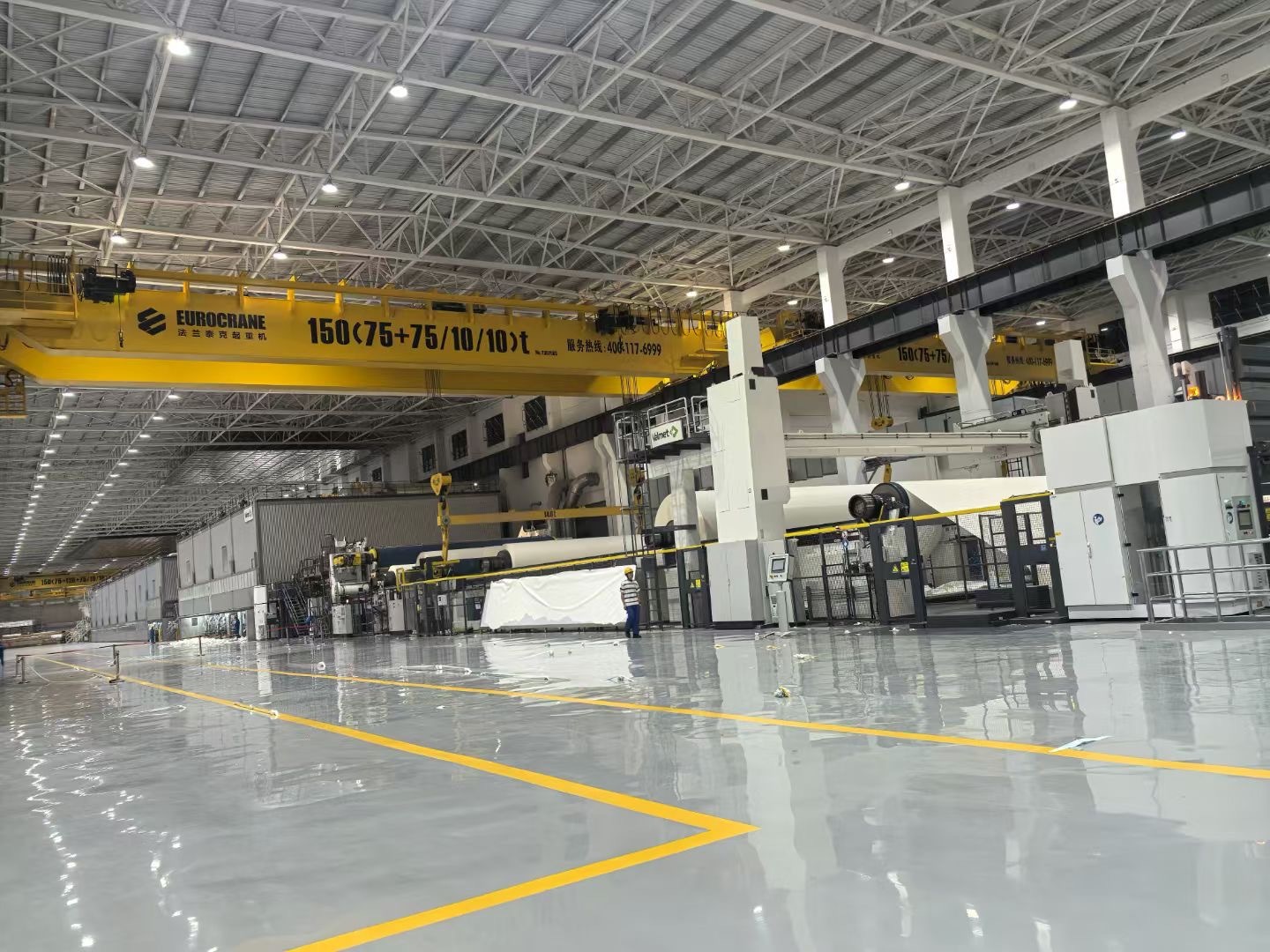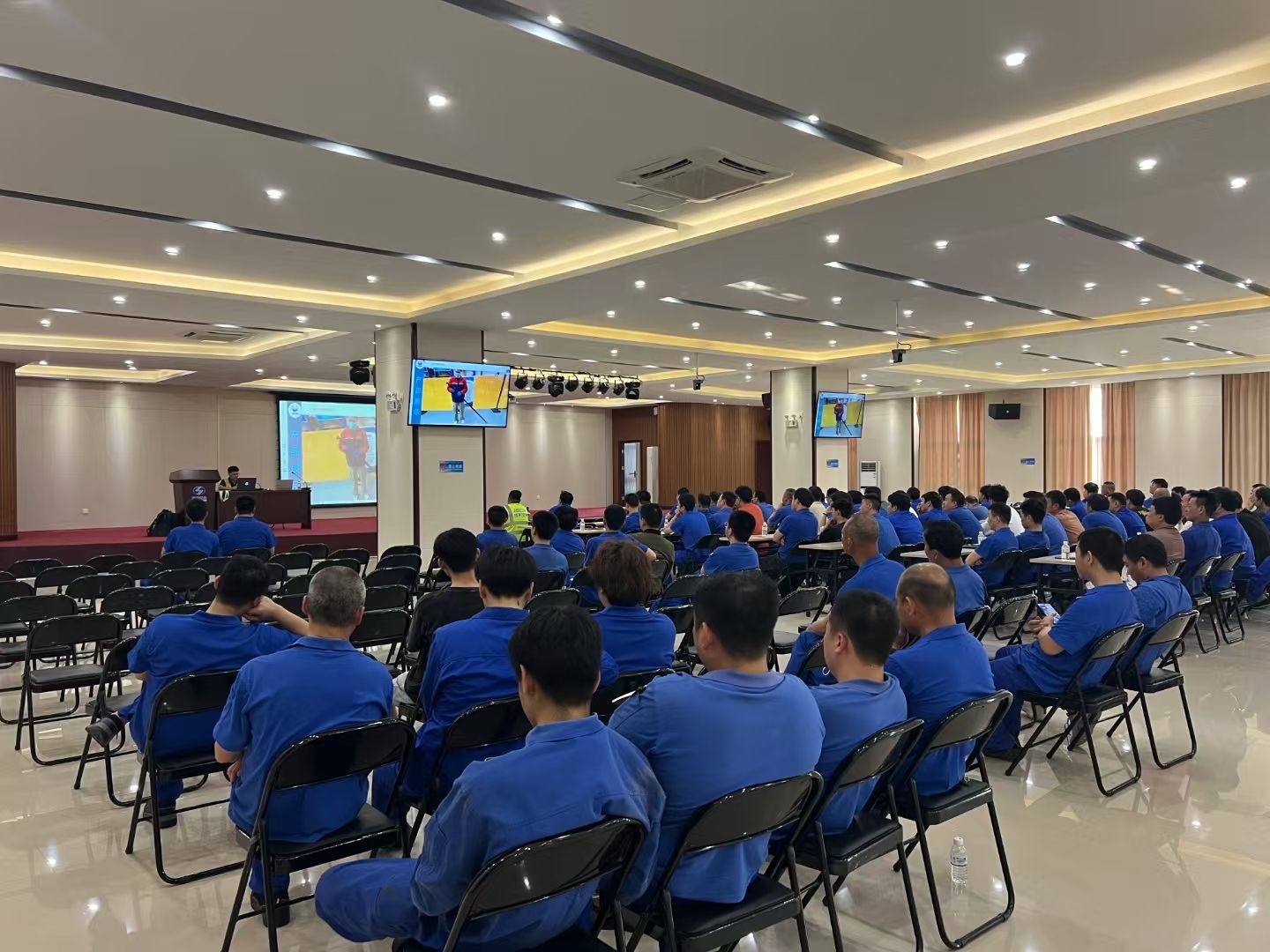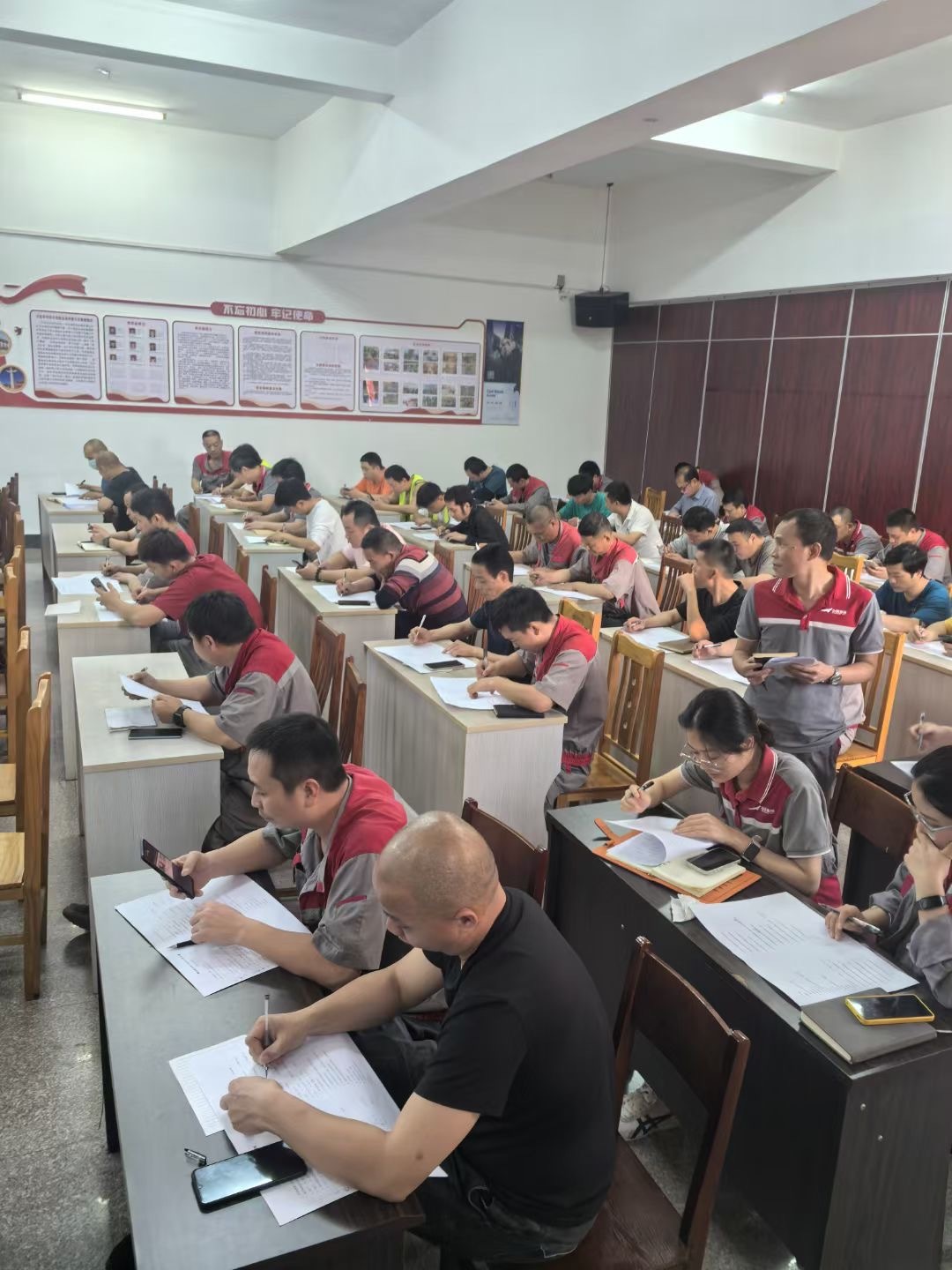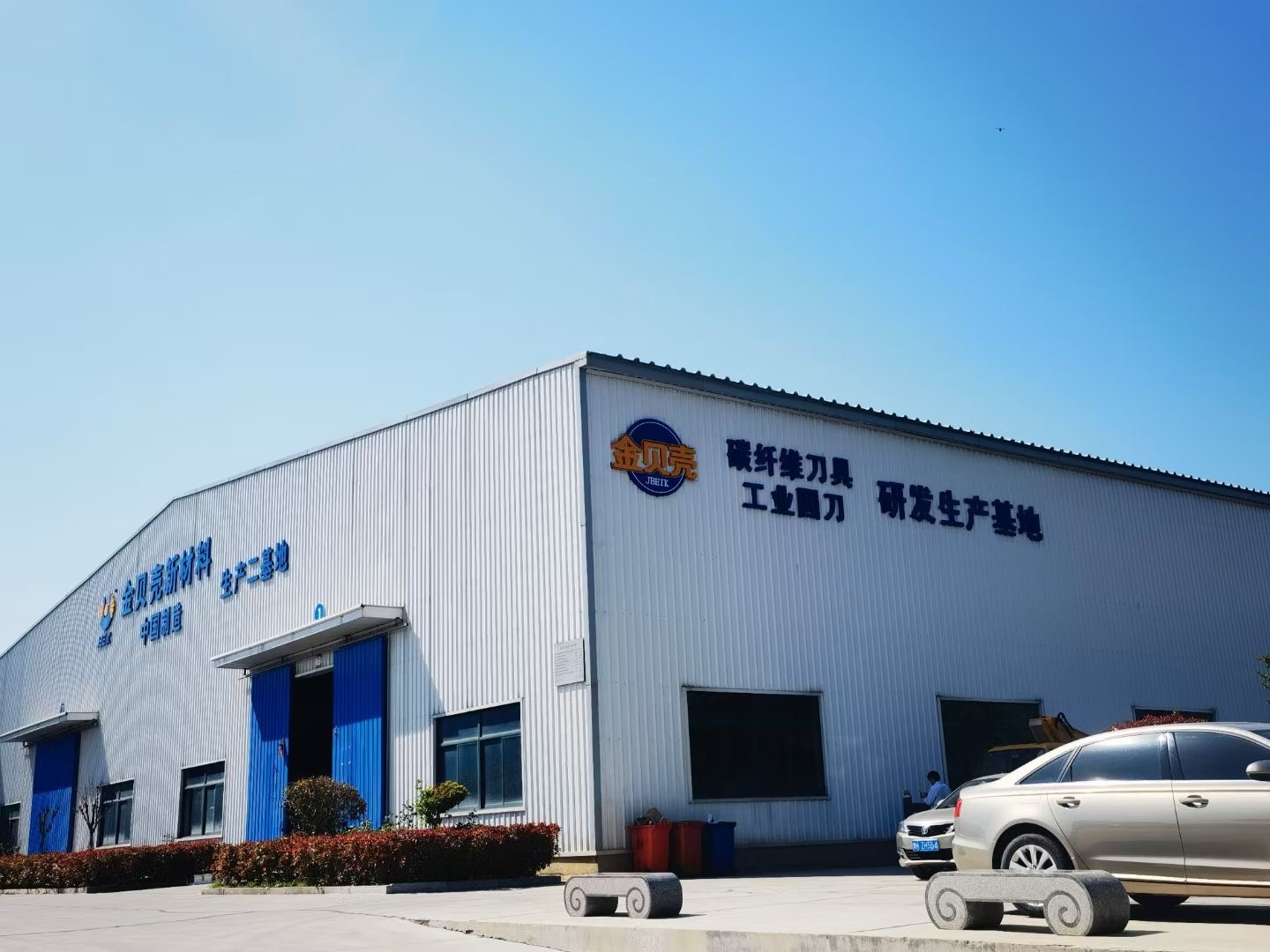Manufacturing Process of Ceramic Alloy Blade
Release time:
2024-07-12
Compared with other materials, the production process of ceramic blades is unique, especially at high temperatures, it can still maintain high hardness and chemical stability, making it perform well in high-speed cutting and heating cutting.
The production process of ceramic blades mainly involves the following steps:
Raw material preparation: First, water, raw material powder and ceramic balls for crushing are put into a mixer called "ball mill" for crushing and mixing. The purpose of this step is to process the raw materials into fine particles of about 1 μm (0.001mm) to form a slurry of raw materials and mix them evenly.
Drying molding: Next, use a spray dryer to evaporate the moisture in the slurry raw material and process it into a granular powder. The granulated powder is then filled into a cutter-shaped mold.
Compression forming: Apply a force of about one ton per square centimeter for compression forming. The purpose of this step is to tightly bind the powder by applying high pressure to form the desired tool shape.
Firing: Firing in a firing furnace. Fine temperature management is the biggest difference from other fired products. Compared with before firing, the size after firing is reduced to 3/4, and the volume is reduced to about half. Since the molding is carried out in advance in consideration of shrinkage, the size after firing just reaches the target size.
Compared with other materials, the production process of ceramic blades is unique, especially at high temperatures, it can still maintain high hardness and chemical stability, making it perform well in high-speed cutting and heating cutting. However, ceramic blades also suffer from high brittleness and low thermal conductivity, which limits their use in certain applications.
Key words:
You can also learn more dynamic






